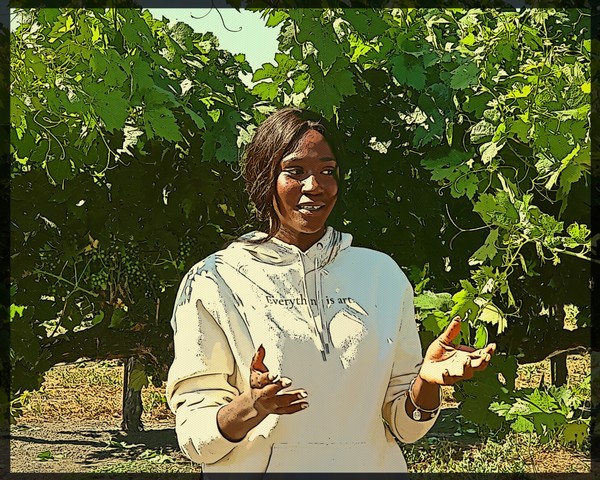Letters from Lodi
An insightful and objective look at viticulture and winemaking from the Lodi
Appellation and the growers and vintners behind these crafts. Told from the
perspective of multi-award winning wine journalist, Randy Caparoso.
Do not talk about what younger consumers think about wine unless you're under 30
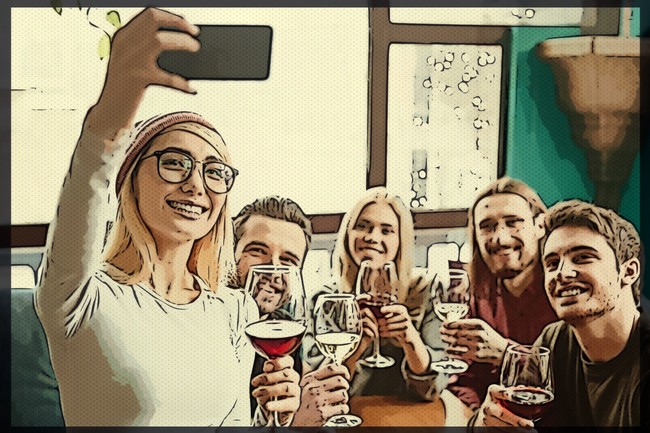
Image from drobotdean by Freepik.
Anna Delgado (co-writer)
"When was the last time," I recently read on a Substack page called Wineshop Punk, "a wine writer sat down to have a glass with a young person?"
Wineshop Punk is penned by a 26-year-old named Anna Delgado. She herself is crazy about wine, having taken a job at a Lodi tasting room about two years ago. I sat down to share a couple of bottles of wine with Delgado two weeks ago, so I asked her, what's up with the wine interest?
She told me that she graduated with a degree in Political Science at UC Davis, and immediately set sail for the west coast of Ireland, where she stayed an entire year. Somewhere along the line she picked up a book called Adventures on the Wine Route written by Kermit Lynch and got hooked on the idea, or possibility, of working in the wine industry. Then she embarked on a course of formal wine education (through the Court of Master Sommeliers).
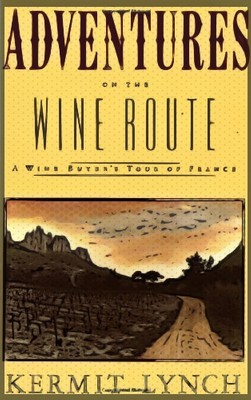
Delgado feels qualified to talk about what younger consumers want because she is 1) one of them, and 2) working on the other side of the counter, selling to them. She writes:
What I wish the wine industry knew about the new young wine drinker cannot be analyzed through buying data, but by listening to our stories. Not that it’s particularly hard; we post on our Instagram stories constantly. If looked at closely, we enjoy posting about experiences that excite us; i.e., a new natural wine bar or a trendy single-roast coffee shop, because both have great lighting for pictures.
Delgado gets a little defensive about the general impression that younger people are just not into wine, although you may have heard why because it has become something of a sore subject within the wine industry. Panic buttons have been pushed by authoritative sources such as the Silicon Valley Bank State of the US Wine Industry Report, which in January 2024 proclaimed the bad news: "Full-category wine sales by volume will be down for a third consecutive year."
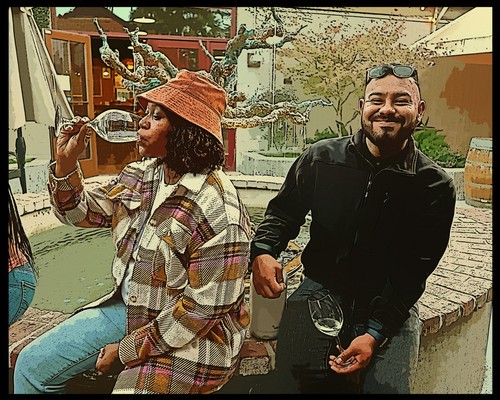
Young crowd at Klinker Brick Winery.
SVB makes no bones about who is to blame: Consumers themselves. Particularly consumers younger than 35 who are buying alcoholic beverages at a lower rate (62%) than consumers of the same age 20 years ago.
Boomers, as old as they now are (the youngest have just hit their 60s), are considered the good guys because they still drink their share of wine. SVB's latest report shows that 58% of consumers over 65 prefer wine, at least according to a recent survey asking what they were most likely to bring to a party. That percentage drops nearly 30 points for each of the other demographics, with a low of 16% for the youngest wine drinkers surveyed (ages 21-34, identified as younger Millennials and Generation Zs).
I don't know if this counts, but I was once a 20-something. An unusual one, because I took my first sommelier job (in a table-side service French restaurant, no less) in 1978, at the tender age of 21.
What I will remember is this: Almost no one in my own generation of late Boomers sipped or gave a hoot about "fine wine" until their late 30s. When I served bottles in restaurants, it was always to an older crowd with actual disposable incomes: Adults in their late 30s at the youngest, and mostly in their 40s or 50s. A lot of it was for economic reasons⏤as a young sommelier, I worked in restaurants that I could barely afford.
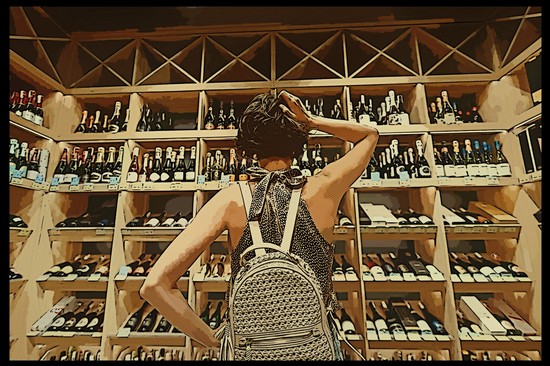
Getty Images.
In fact, in the fine dining side of the hospitality industry, it has always been an accepted fact that most of your guests, no matter what era and no matter what generation, fall into older age spectrums. These are always your primary wine consumers.
So maybe I'm missing something, but isn't it a little premature to put the blame for stagnant wine consumption on Millennials and Zs? If Boomers took a long time to start appreciating, say, $7.99 Cabernet Sauvignon, $5.99 Chardonnay and $4.99 White Zinfandel⏤which is exactly what they were drinking between the mid-1980s and 1990s (not exactly "super-premium" stuff)⏤shouldn't we cut today's younger generation a little slack and give them a little more time to develop their own taste for finer wines, whatever that will be in another ten to twenty years?
Ms. Delgado has no patience with talking about younger consumers not appreciating wine because what seems like facts do not fit the reality in which she lives. She writes:
If the wine market wants to capture the young consumer dollar, then wine marketing needs to capture their attention first. Look, we’re smart and already curious. Just look at any viticulture or harvest team⏤legions of fresh college grads eager to do back-breaking work. So, talk to the young consumer in a language that they know. Grab your phone, turn on the video camera, and tell us what you know about wine.
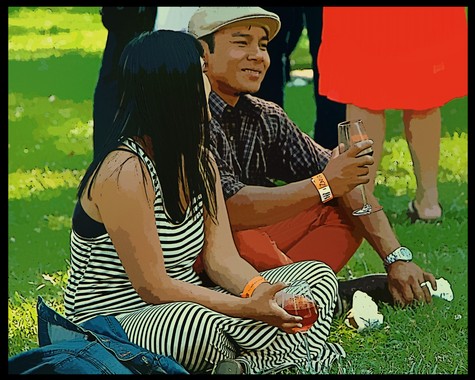
Then there is the current penchant of younger consumers for natural style wines, which many older consumers have as a difficult a time understanding as in that old '60s song about tryin' to tell a stranger about rock 'n roll. Says Delgado:
Say what you will about natural wine, but they create approachable spaces for curious oenophiles to learn and be themselves... Find out the answer to what interests young people by going to where they are and discover that the answer is simple. We care about quality and community!
At the same time, Delgado is cognizant of her age, which to her is motivation in itself:
What spurred me to start my Substack page was wanting a fun voice in wine for my girlfriends and the pros. While there are days when I feel insecure about inexperience in the industry, I try to remind myself that the essence of Wineshop Punk is the bottom-up perspective. Writing from a place with no brand deals, no PR packages, no funding, but just pure feelings of a girl trying to share the wine world.
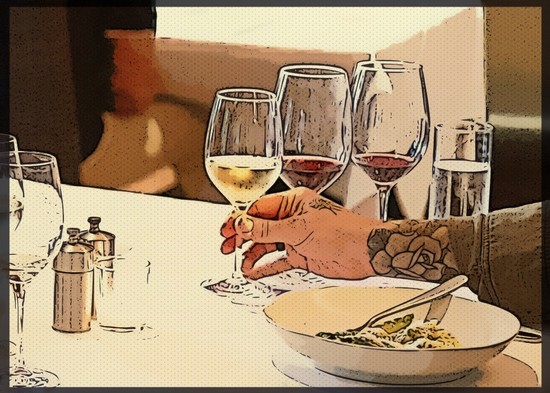
You can glean more of Delgado's perspectives by subscribing to Wineshop Punk. As for myself, I had more questions after absorbing some of her thoughts. It's been 41 years, after all, since I was 26. I can barely recall the feeling, let alone speak of it. Some of my questions, and her insights:
Caparoso: What do you think a lot of the industry or press get "wrong" about their assumptions of what younger consumers want in alcoholic beverages?
Delgado: What the press gets wrong is that they think the young drinker isn't interested in wine because they prefer beer, spirits, and cocktails, or they want to go non-alc altogether. The assumption that we prefer alternative spirits because we're young, dumb, and want to have fun doesn’t exactly hold because we also enjoy wine over dinner party conversations. Alternative drinks and wine are not mutually exclusive to the young drinker. We enjoy both!
Caparoso: Do you really think younger consumers are oblivious to fine wine (as many people seem to think), or do you think they just haven't gotten around to that yet, after exploring alternatives? For that matter, why do you think younger consumers seem more attracted to alternative adult beverages in the first place?
Delgado: It's natural for younger consumers to first start with alternative drinks because we're more exposed to them through classic marketing⏤product placement, value pricing, popular culture, and so forth. Wine hasn't focused its marketing energy towards the younger consumer, and our industry dollars reflect that. Yet, in instances where you put fine wine in front of young consumers, they can pick up on the quality immediately.
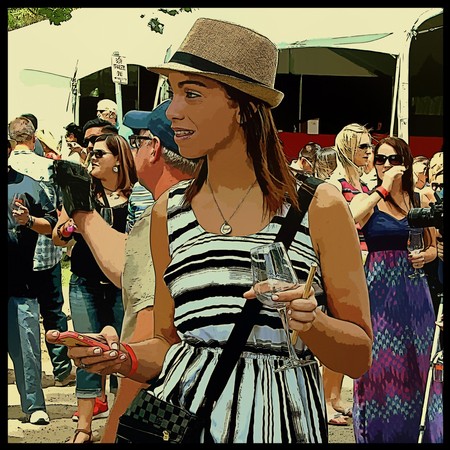
Just the other day I brought my younger brother [age 23, born 2001] to Markus Wine Co. for a private tour, and he had a visceral wide-eye reaction to the 2014 Markus Joey White Blend (95% Torrontés, 5% Riesling). Mind you, this is the fifth wine he's ever tried in his life. Sure, older consumers might buy more cases and are, therefore, the smarter choice when it comes to demographic focus. What’s frustrating is when we stereotype a demographic group with a style of drink. Fine wine can be appreciated by everyone regardless of label.
Younger consumers stick to buying alternative drinks because they are ultimately easier to understand and enjoy. There is less of a learning curve to alternative drinks. The funny thing is that young people learn quickly when they’re interested in a subject. There is no doubt that by giving them more exposure to wine, we could see the rapid progression of wine knowledge among younger consumers.
The other part is value-based marketing. We invest our few spending dollars in product that resonates with our values. Be it supporting marginalized communities, environmentally focused products, or local family-owned businesses. We are drawn to products that resonate with our emotions. This is nothing new. We've seen that among older California wine drinkers who continue to show up for their generation's winemaking darlings⏤locally, wineries like St. Amant, Michael David, and Lucas. The new generation of wine drinkers will do the same.
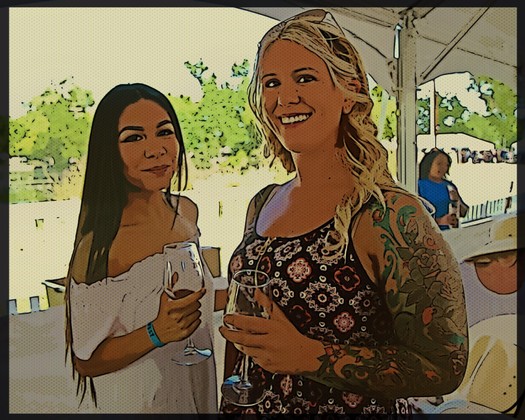
Caparoso: How do younger consumers "discover" products? Is it through friends, social settings, word-of-mouth, bars and restaurants, and retail stores?
Delgado: All of the above. The most successful examples of affordable luxury marketing are brands that appear in every setting. In trendy restaurants, we like to be seen in, online magazine publications, and by word-of-mouth recommendations among friends.
As a non-wine example, the Dior Addict lip balm that was successfully launched in 2009 has come back with a fury. Originally they PR-packaged the product to every celebrity, who then talked about it in every magazine interview, and sold it at every beauty counter⏤targeting all age demographics. Gen-Z picked it up when 2000's fashion came back into style, and once again the product was a sell-out hit. The wine sits on a fine line between agricultural products and artistic consumer goods. With the right approach, it has the ability to capture the attention of younger consumers.
Caparoso: Can you cite specific types of wines that younger consumers are compelled to try, and enjoy?
Delgado: Using the example of wines grown in Lodi, younger consumers are asking for lower intervention producers such as Lorenza, Monte Rio, Sandlands, Markus Wine Co., and Perlegos Family. It's because these labels have either established a strong online brand presence or they’ve invested time with their local community. Sometimes the young customer will come in already having preferences that lead to brand discovery. Qualities like sustainable vineyard practices, low-intervention winemaking, and aesthetically pleasing bottle design are the ones we see most often. Ultimately, building up this new generation of wine drinkers is probably not too different from the way it’s been done before. Sell us wines that appeal to the person we want to become.
